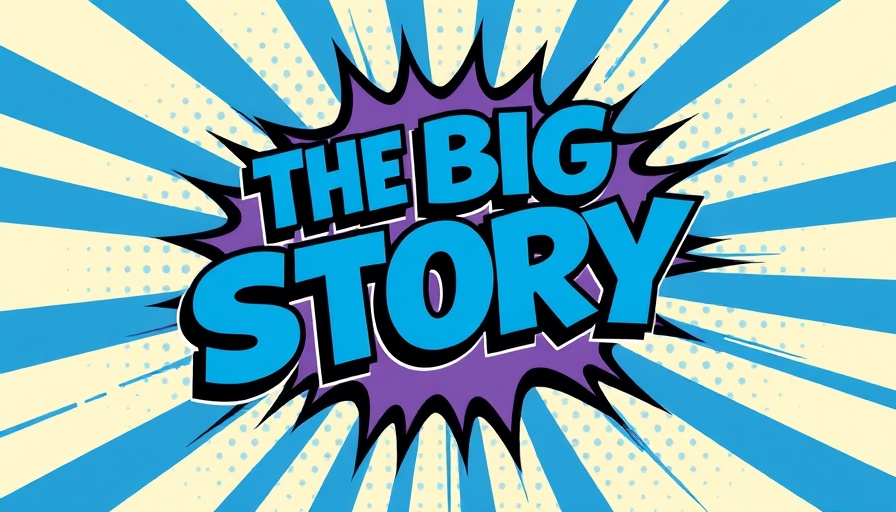
Brand Safety Takes Center Stage in FTC's Oversight
The recent multibillion-dollar merger between Omnicom and IPG is igniting conversations in the marketing world, primarily due to an unusual stipulation imposed by the Federal Trade Commission (FTC). According to a consent order agreed to by both holding companies, they are prohibited from making agency-wide brand safety decisions regarding content tied to political or ideological speech. This means clients retain the power to determine if their ads can appear alongside politically charged content, while the agencies cannot dictate universally applicable restrictions based on political alignment.
Ad Fontes CEO, Vanessa Otero, points out that this decision stems from concerns about possible collusion among ad agencies to exclude right-leaning media from advertising opportunities. The FTC's actions come amidst growing tension over perceived censorship of conservative outlets, like Breitbart News, alongside the challenges faced by liberal media, which also navigates the tricky waters of brand safety regulations. This leads to an essential question: could this regulatory move herald a more balanced media landscape?
Exploring the Implications of Brand Safety Orders
The FTC's focus on brand safety reflects broader concerns about media representation and inclusiveness in advertising. The implications of this order could extend beyond just Omnicom and IPG, presenting an opportunity for all companies in the advertising ecosystem. If agencies are required to tread carefully regarding content moderation policies, it could potentially bolster news publishers across the political spectrum. This shift might encourage advertisers to reconsider how they implement brand safety measures.
Nonetheless, Otero cautions against overly optimistic predictions. She suggests that while the order might lay the groundwork for a more diversified advertising environment, the underlying tension around brand safety could ultimately lead to caution among agencies, causing them to avoid politically controversial content altogether.
The Double-Edged Sword of Brand Safety
As marketers and brands assess their strategies, understanding the double-edged sword of brand safety becomes critical. On one hand, enforcing strict brand safety protocols helps mitigate reputational risks associated with association advertising; on the other, overreach can silence vital voices in media and hinders diversity in narratives.
Importantly, the consequences of these directives can extend to customer acquisition strategies. Historically, brands may have played safe by avoiding politically charged environments, but a more nuanced approach could enable savvy marketers to engage their audiences in meaningful dialogues aligned with their core values.
A Path Forward for Businesses
Business owners generating between $2M and $10M in annual revenue must remain aware of these changes in regulatory standards, understanding how they may impact branding and customer acquisition strategies. Embracing transparency while engaging with diverse content can place forward-thinking companies ahead of the curve, enabling them to build stronger connections with their audiences.
Staying adaptive in this evolving landscape can yield fruitful returns for those willing to embrace risk while remaining compliant with emerging rules. In understanding how to balance brand safety with customer demands, businesses can set themselves up for greater engagement and success.
 Add Row
Add Row  Add
Add 



Write A Comment